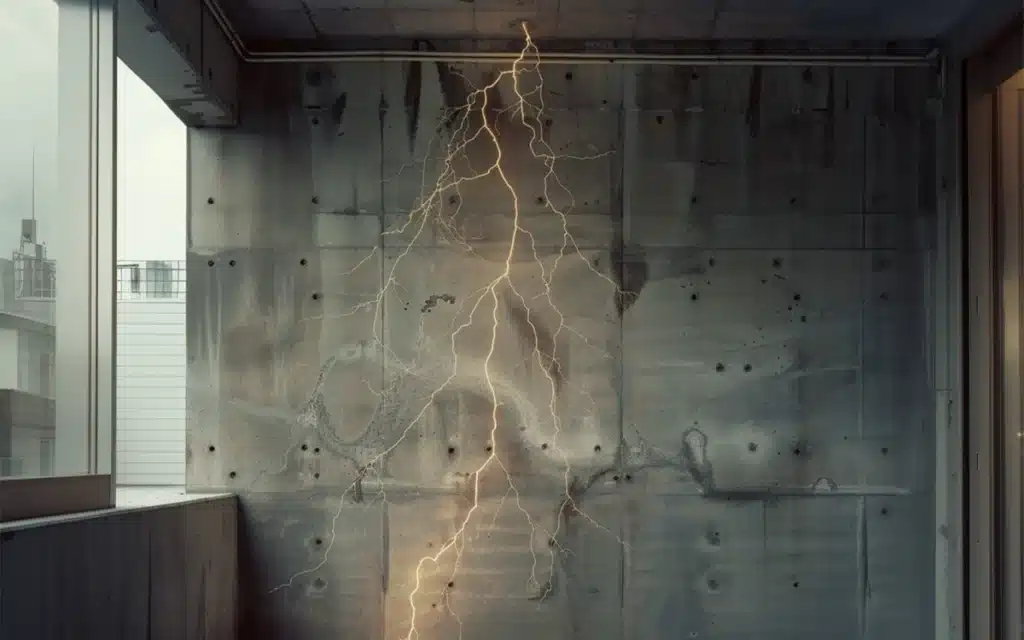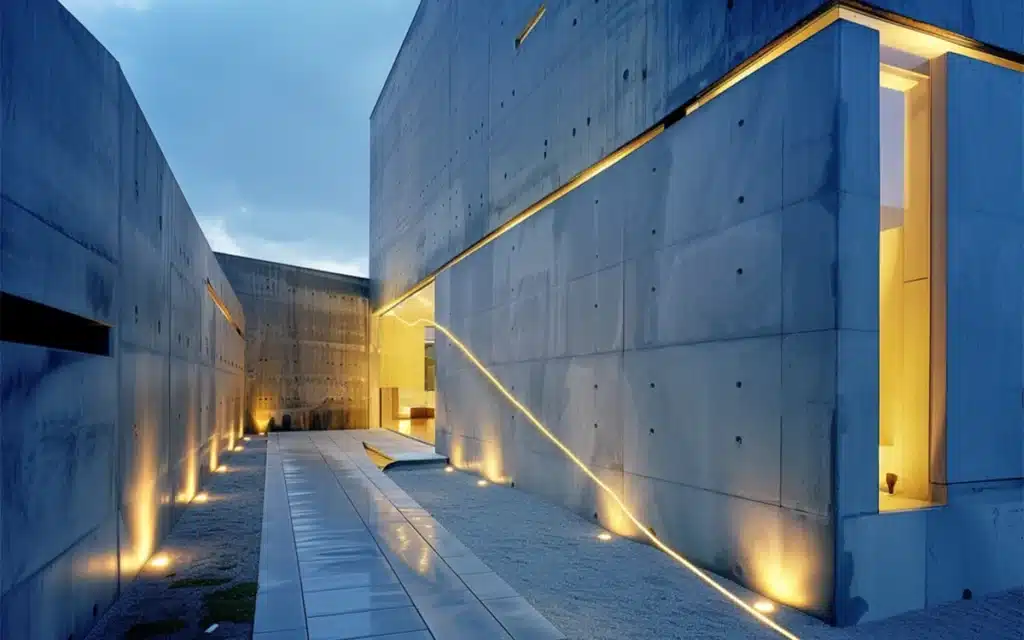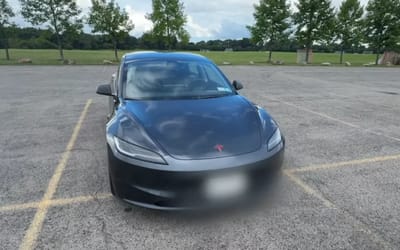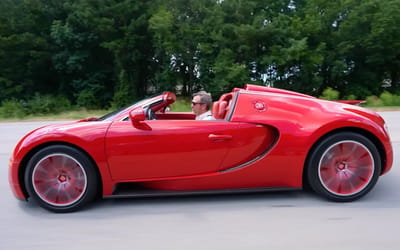New concrete could turn your whole home into a giant battery
- MIT researchers developed a new concrete
- It can store energy from a power source
- They did it by mixing cement with another material
Published on Jun 18, 2024 at 12:20 PM (UTC+4)
by Siddharth Dudeja
Last updated on Jun 18, 2024 at 5:31 PM (UTC+4)
Edited by
Tom Wood
A team of researchers at the Massachusetts Institute of Technology (MIT) has devised an innovative idea to make concrete able to store electric energy, making it a giant battery.
If you’re in the US, having concrete homes might be an unfamiliar notion, but it’s common in several other parts of the world.
Concrete has been around for ages now, but nobody ever thought about ‘innovating’ the good old cement and brick home ‘technology.’
That was the case — until now.
READ MORE: Electric air car of the future does not even use propellers
MIT scientists develop groundbreaking concrete

Inside MIT’s labs, a team led by Dr Damian Stefaniuk used the conventional construction material and added one more ingredient.
The special addition to cement and water is a soot-like material called carbon black — through which they could make it store energy.
Now, they haven’t made an entire ‘battery building’ just yet — but they have started off with a concrete supercapacitor instead.
Although they may not be an ideal replacement for traditional (and modern) batteries at the current stage, these supercapacitors are a step in the right direction.
Sounds outlandish, right?
So does this thumb-sized battery that could last for five decades on a single charge.
If the project makes another breakthrough, we could potentially have a future where buildings power themselves.
It would certainly decrease your electric bills, at least.
How does it work?

So, they added carbon black to concrete — but how can it store energy?
When cement mixes with carbon black, the newly formed material shows unique properties.
It has microscopic pathways in its structure through which electricity can travel.
Similarly, these pathways can store large amounts of charge from any source.
To make it sustainable, one could pair the supercapacitors with renewable energy sources like solar power.

Any battery must be able to store energy quickly, especially solar energy batteries, as the Sun doesn’t shine all day long.
Fortunately, these supercapacitors can do that.
While it sounds like the perfect breakthrough, it also has some issues for now.
The concrete battery discharges pretty quickly, and the scientists will have to figure out a workaround.
If the research continues on this path, we could see concrete homes, roads, buildings, and whatnot turning into massive batteries in the future.
Some images used in this story were generated using AI.
DISCOVER SBX CARS: The global premium car auction platform powered by Supercar Blondie




